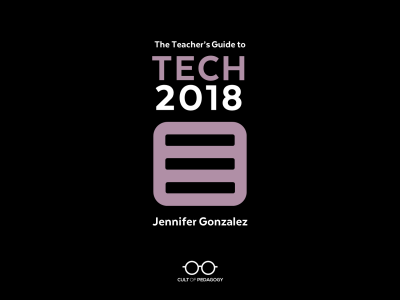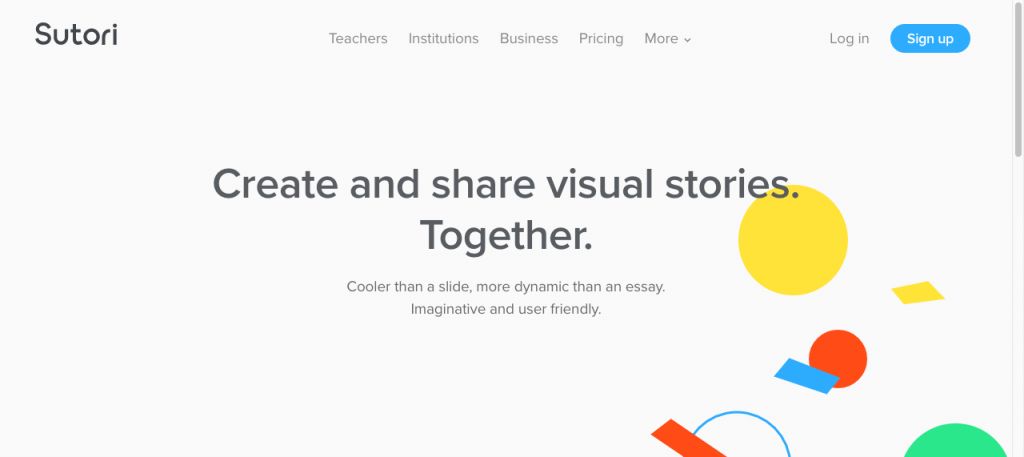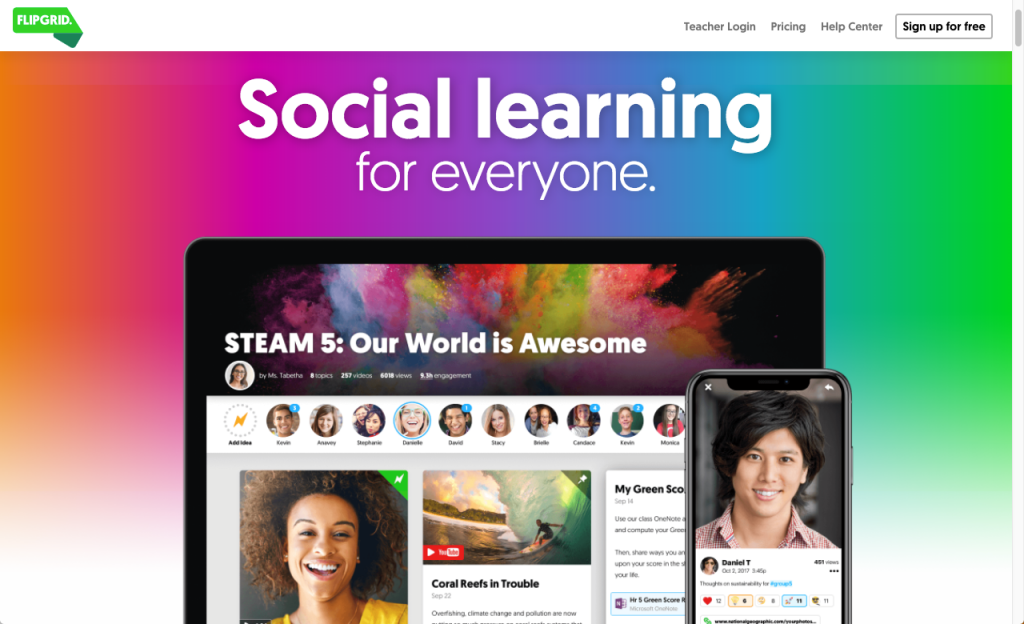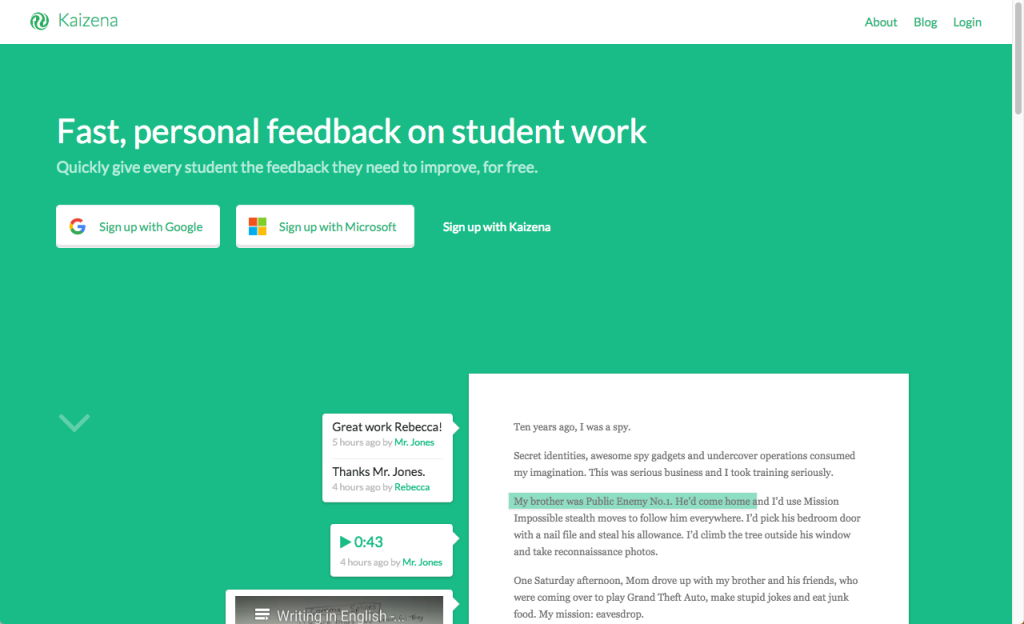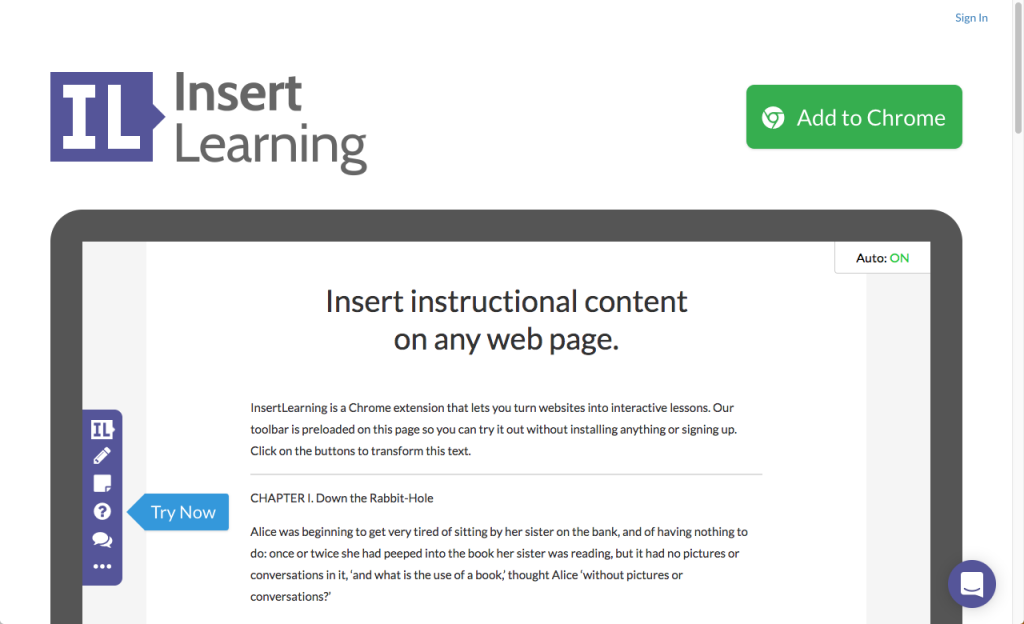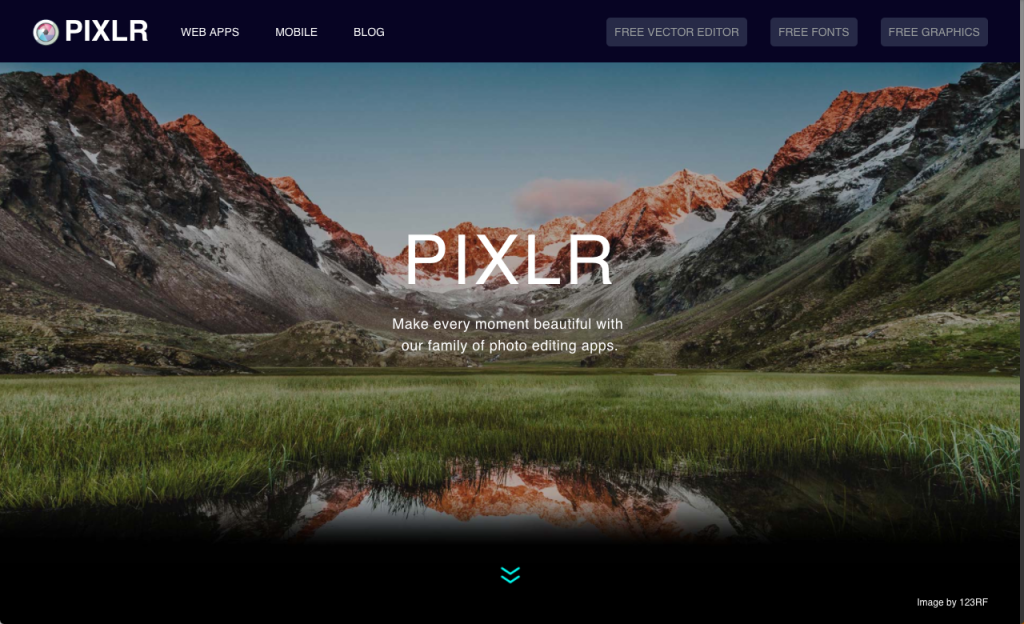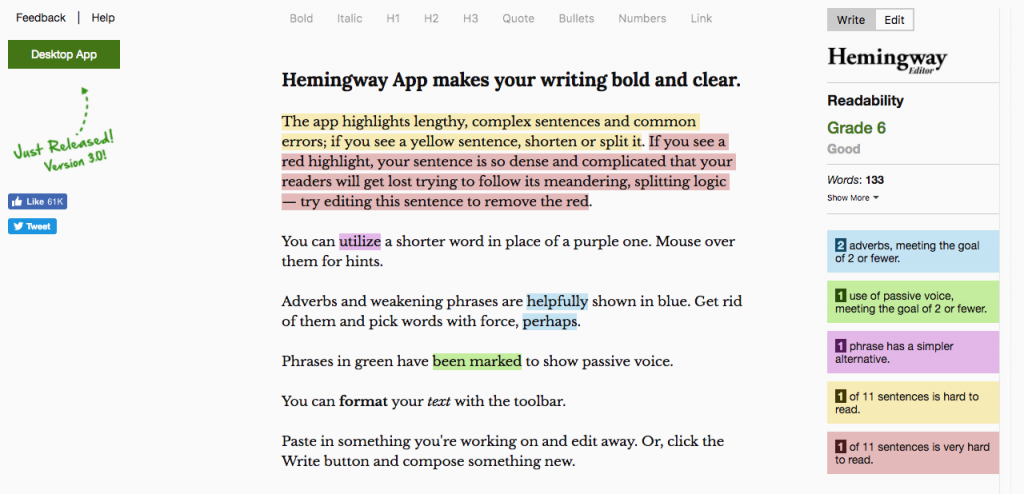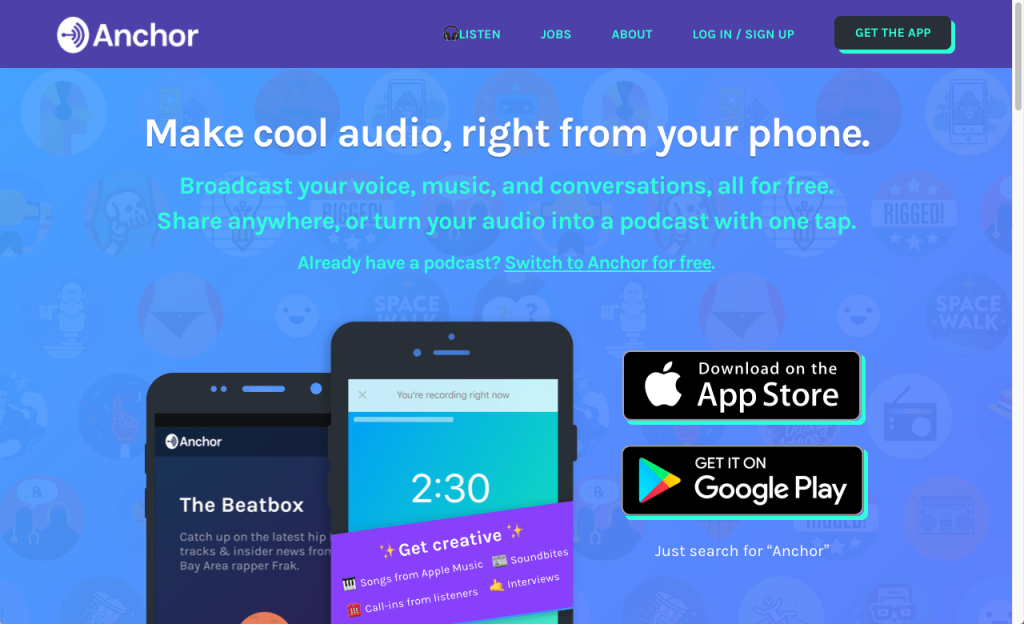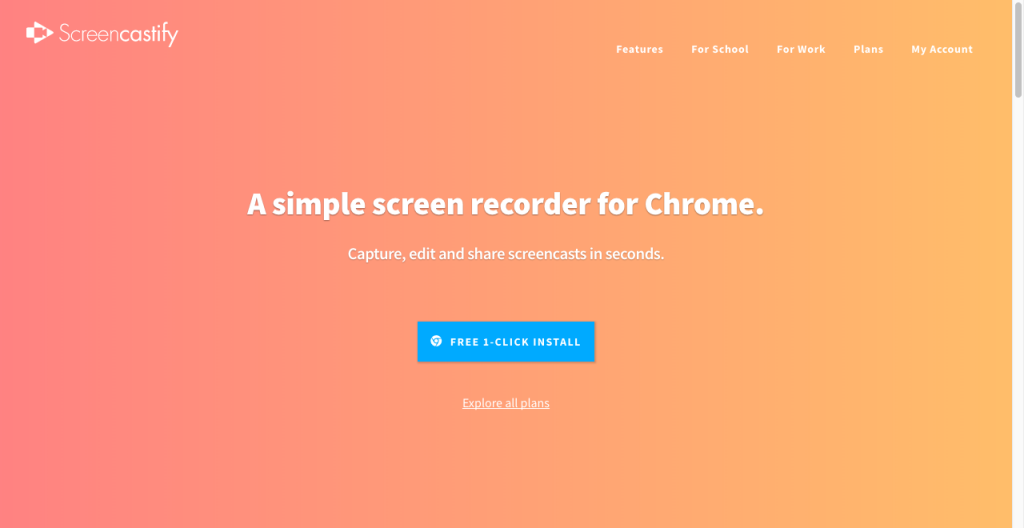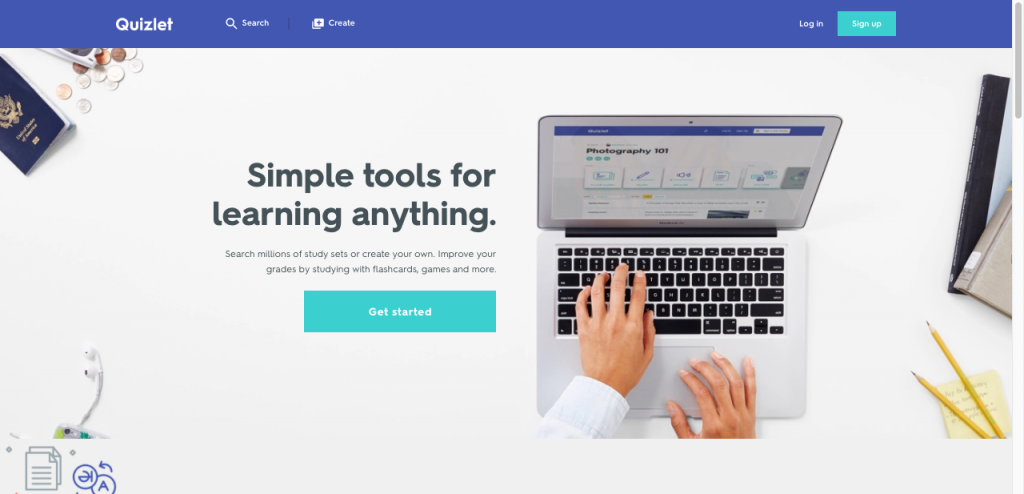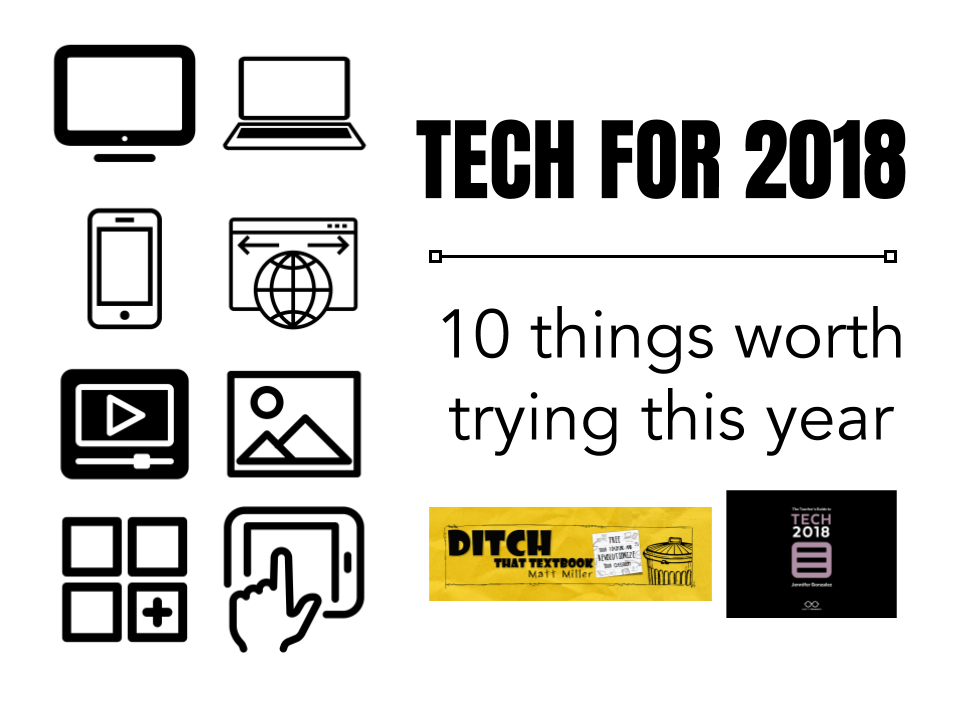
Tech tool options continue to grow. There's a lot out there. Here are some new -- and familiar -- ones to try in 2018. (Icons via TheNounProject.com)
The joy of teaching in the 21st century is that there's so much available for teachers and students to use.
Sadly, that's also the frightening, crippling thing about it.
There's so much out there. And tomorrow, there will be more.
One of the biggest concerns I hear from teachers, other than lack of time, is how scattered and all over the place the tech options are. If only there were one place to find the best stuff ...
I have 10 great tech tools worth trying this year below in this post. But there's a bigger, more all-encompassing resource you ought to check out.
The Teacher's Guide to Tech 2018
It's called "The Teacher's Guide to Tech 2018," written by Jennifer Gonzalez of the fantastic Cult of Pedagogy blog and podcast.
She hears it. I hear it.
- You need an updated handbook of the best tech tools.
- It needs to be searchable and categorized so you can find what you need.
- You need to know how the tool works, what the best features are, and what it's similar to.
- It needs to be fast, something you can refer to quickly.
That's what Jennifer has created in "The Teacher's Guide to Tech 2018." It's a compilation of more than 200 tools sorted into more than 40 categories. It's covered in clickable links. There's a glossary of tech terms in the back.
In fact, in this post, I've pulled 10 tools I want to get more acquainted with in 2018 from the book and summarized them in the post below.
As soon as it was available, I purchased my own copy of "The Teacher's Guide to Tech 2018."
Yep, I said "purchased." It costs $25, and it's worth every penny. No longer are all of the tools scattered across social media, sticky notes on your desk and random documents in your Google Drive.
They're all in one place.
If you'd like to look at some of the tools for free, check out the rest of this blog post. I've pulled some interesting ones directly from the guide.
But if you'd like your copy of "The Teacher's Guide to Tech 2018," click on this link go to get it.
- You'll be taken to a "course" on Jennifer's Teachable site. (It's not really a course ... just a way to deliver you the PDF digital handbook.)
- Pay for the guide on that site. You'll be given login credentials to her "course."
- In the "course," click on the guide and download the PDF of it. You can keep copies for yourself anywhere you'd like.
- Although your copy is licensed for your own personal use, Jennifer offers great discounts for schools, districts and other groups!
NOTE: I'm offering this to you as an affiliate. This means that I will -- at no additional cost to you -- be compensated if you purchase by clicking on the links in this post. I only offer products that I believe in, and I know you'll be satisfied with what you're getting!
10 tech tools worth trying in 2018
After getting my copy of "The Teacher's Guide to Tech 2018" and checking it out, here are 10 tools I want to learn more about in 2018. (I found some of these on Jennifer's episode on the "Cult of Pedagogy" podcast about "The Teacher's Guide to Tech 2018".)
Some of these may be new to you, which is always great and fun and exciting. Some you may be familiar with. But don't dismiss the familiar ones because you've heard of them! Often, the tried and true options are still some of the highest quality ones.
1. Sutori (sutori.com)
Price: Free (5 lessons) and paid (unlimited: $99/year)
Sutori lets users create "stories," which are timeline-style lessons. The free version lets you combine text and images in your timeline stories, which can be about the topic of the day is in your class. The paid version lets you incorporate audio, video, quizzes, headings and embedded content. You can even copy pre-created stories and modify them to fit your needs.
Classroom uses: Student-created timelines and step-by-step explainers, teacher-created digital lessons
More: 10 ways to create interactive multimedia in any grade/subject
2. Flipgrid (flipgrid.com)
Price: Free (Flipgrid One) and paid (Flipgrid Classroom: $65/year)
Have you heard of this one before? I'm guessing there's a good chance. I was hooked on it after a Twitter chat where we used it to discuss what got us excited about learning.
Videos on the internet are expected to surge in popularity in the next few years. Social media like Snapchat, Instagram and even Facebook have capitalized on video (especially live video).
There's a good chance your students are very comfortable in front of a camera. Flipgrid takes advantage of that for the sake of learning.
With Flipgrid, students respond to questions or prompts by recording short video clips. They're then able to view each other's video clips. (With paid Flipgrid Classroom, they can reply directly to each other's videos. Plus, teachers have extra class management options.)
Classroom uses: Spoken responses to teacher prompts, book talks, parent/community engagement
MORE: Catch the Flipgrid Fever! 15+ ways to use Flipgrid in your class
Want to try the paid Flipgrid Classroom for FREE for 45 days? Sign up for it and use code "MATTMILLER". No credit card necessary, and when your trial is up, you revert back to the free version automatically.
3. Kaizena (kaizena.com)
Price: Free
In Ditch That Homework, the book Alice Keeler and I co-authored, Alice wrote: "The best thing I can do is sit with a kid." That side by side, "we're both in this together" atmosphere is huge in learning.
In some ways, Kaizena is the digital equivalent to that in writing. It lets you provide feedback by adding voice comments to documents students have created. We speak so much faster than we can type, so this can save time. Plus, when students can hear your voice, there's an added personal touch. Kaizena also lets you add pre-written mini-lessons, and you can create groups for your class to keep everything organized.
Classroom uses: Writing feedback, collaborative work, classroom hub
4. InsertLearning (insertlearning.com)
Price: Free (for five lessons) and paid (unlimited use: $40/year)
With InsertLearning, the entire web is your classroom and lesson plan book, so to speak. Start with any page on the web and add elements to it, including highlighting, text notes, discussions and questions for students to answer. Share that customized version of the webpage with students with a code or through Google Classroom. Grade student work from within InsertLearning.
Classroom uses: formative assessment, current events, collaborative discussion
MORE: InsertLearning as LOTS of great video tutorials on its YouTube channel.
5. Sway (sway.com)
Price: Free with a Microsoft account
Sway lives "somewhere between PowerPoint, Prezi and Adobe Spark," writes Jennifer Gonzalez in "The Teachers' Guide to Tech 2018." Start from scratch or create a template. Add text, images, videos, forms and other content. The design is flexible, and the result is gorgeous. It's pretty easy to create a Sway, and it could be just the change of pace your students are looking for.
Classroom uses: presenting research, replacing posters, gathering information visually
6. Pixlr (pixlr.com)
Price: Free
There's a ton you can do when you use G Suite (Google Apps) and images together. The problem: doing anything with those images. G Suite doesn't offer a really great image editor.
That's where Pixlr can come in. It has a few image editing apps on the web that can help the beginner all the way to the expert. Pixlr Editor is a complex image editor -- almost on par with Adobe Photoshop. Pixlr Express is a simple, quick-edit tool. Pixlr O Matic lets users add filters, overlays and more to images.
It's all free and it all runs on the web. It's a great companion to any tool you'll use images on.
Classroom uses: Editing images to add to documents, slide presentations, websites, videos and more
MORE: A continuous feed of photos people have edited using Pixlr products.
7. Hemingway App (hemingwayapp.com)
Price: Free
If you've ever edited student writing, you've probably corrected the same errors over and over and over again. Bloated sentences. Passive voice. Unclear words.
Hemingway App is your automated first line of defense toward those similar problems. Students write in a document. When done, they copy/paste their work into Hemingway App (a site on the web). Hemingway App instantly analyzes their writing and provides suggestions to common errors. When students find and correct errors before their work even hits your desk, everybody wins.
Classroom uses: Editing student writing (essays, research reports, websites, scripts, etc.)
MORE: Just go over to the Hemingway App page and add some text to see how it works.
8. Anchor (anchor.fm)
(For ages 13+)
Price: Free
Anchor is a quick and pretty easy way to record audio and publish it so others can listen to it. It's kind of like creating a simple podcast with your phone. I've heard it described as "Instagram for audio."
How it works: After installing the mobile app, users can create a channel. They can then record short audio segments (5 minutes or less) to their channel. Add back-to-back-to-back segments for longer ideas. Users can also have guests "call in" with for audio interviews on their channel. Audio segments stay on the channel for 24 hours, where other users can leave audio feedback on the channel. Users can also bundle their audio segments together as podcast episodes and push them out to iTunes.
Compared to traditional podcasting, Anchor puts easy audio publishing in the hands of older students -- or younger students on a class podcast under the supervision of a teacher.
Classroom uses: Sharing ideas learned in class with a large audience, creating a show based on student passion, reporting what's happening in class to parents/community
9. Screencastify (screencastify.com)
Price: Free (1o-minute video length, 50 videos per month max) and paid ($2 per user per month)
These last two tools may be pretty familiar to you. They've been around for a while, and I've written about them both.
That doesn't mean you should dismiss them. I love how Steve Dembo put it on a recent episode of Vicki Davis's 10 Minute Teacher podcast: Many of the tools that have been around for a while are polished, are less likely to disappear and have evolved a lot since their inception. There's a reason they're still around.
Screencastify fits this billing. It's a screen recorder that runs in an extension for the Google Chrome web browser. Once installed, click the extension and start recording. It will even record your microphone and/or webcam. When finished, it saves the recording to Google Drive. This is phenomenal, because it means that turning in a Screencastify video is just as quick and easy for students as turning in a document.
Classroom uses: Video reports, explainer videos, how-to tutorials
MORE: 14 ways to create great classroom video with Screencastify
10. Quizlet (quizlet.com)
Price: Free and paid (teacher account with student progress tracker, multimedia flashcards, etc.: $34.99/year)
The flashcard has been a staple for studying forever. Just because it isn't flashy (ha ... see what I did there???) and sexy doesn't mean it won't work.
Using flashcards still has great proven brain benefits. It's an excellent way to use retrieval practice, a proven cognitive science technique for remembering. Plus, Quizlet helps you mix up your study with quizzes, games and more. Features have grown over time, and the Quizlet Live collaborative review game is one of the best out there.
Classroom uses: Studying, reviewing material
MORE: Learn about Quizlet Live and other formative assessment tools in this post
Ready to check out "The Teacher's Guide to Tech 2018"?
Head over to this page to purchase it now. Download it on your school computer, your computer at home, on your smartphone -- anywhere you want!
What other tools are you interested in learning more about this year? Let us know in a comment below!
For notifications of new Ditch That Textbook content and helpful links:
- like Ditch That Textbook on Facebook
- follow @jmattmiller on Twitter
- check out the #DitchBook community on Twitter
- follow Ditch That Textbook on Pinterest
- check out the Ditch That Textbook YouTube channel
Interested in having Matt present at your event or school? Contact us by e-mail!
Matt is scheduled to present at the following upcoming events:
[getnoticed-event-table scope="upcoming" max="15" expanding="false"]

